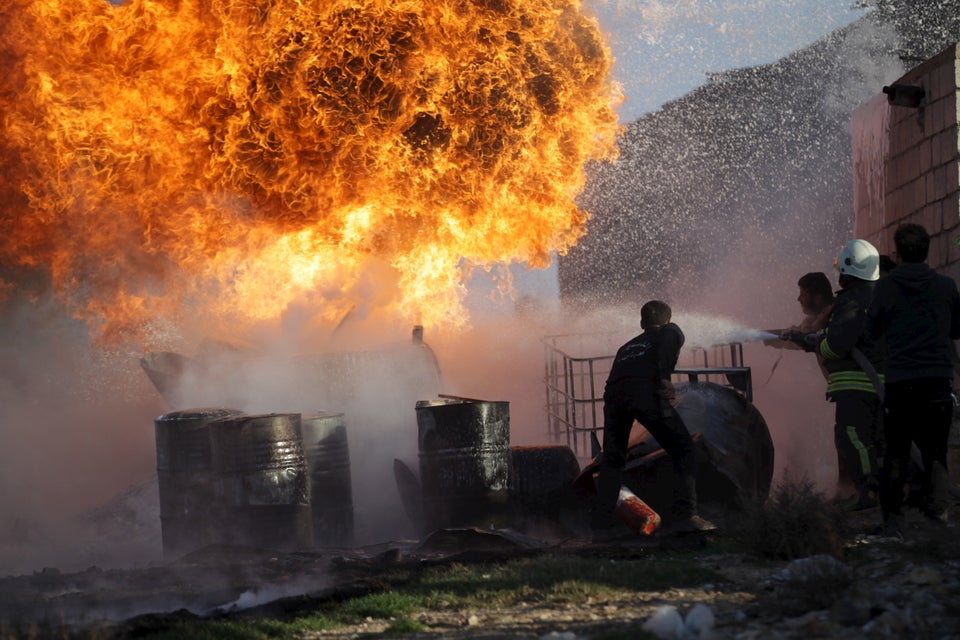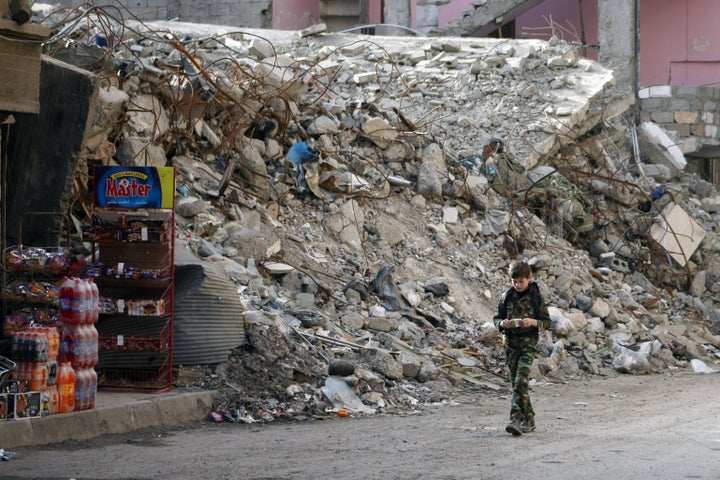
Members of an underground activist network named "Deir Ezzor is Being Slaughtered Silently" have scoured government and ISIS-controlled territories across the oil-rich province and discovered 36 mass graves – allegedly the grisly work of extremist militants and government forces.
Residents of Deir Ezzor believe the remains of many of the thousands of people reported missing since the Islamic State group swept through the province in 2014 are to be found in 36 mass graves uncovered over the past two years.
More than 3,000 people have been reported missing since the extremist militants took over four villages in eastern Deir Ezzor in August 2014, expelling or executing villagers who refused to pledge allegiance to the group’s self-proclaimed caliphate.
ISIS militants worked to clear residents from the villages of Abu Hamam, Gharanij, Keshkiye and Sheheil in the eastern rural part of Deir Ezzor, located on the northern bank of the Furat river in one of the most oil-rich regions in the country.
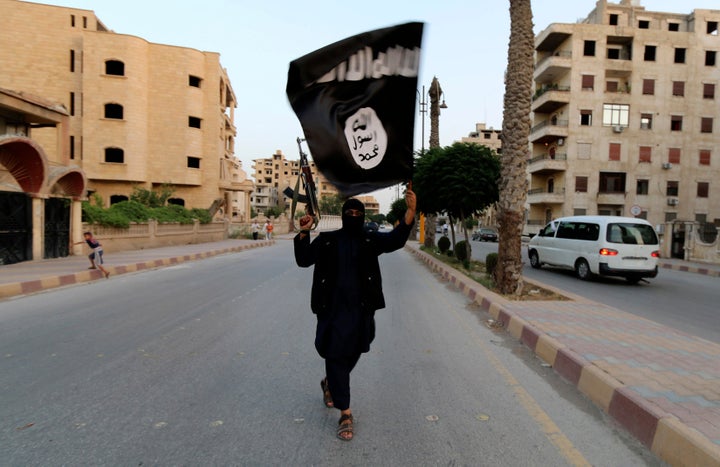
The militants executed at least 700 members of the Sheitat tribe in these villages after the group refused to pledge loyalty, abducting another 1,500 men from the four villages, corralling them in closed-off camps and torturing them. Many of these men, most of whom are between the ages of 14 and 40, remain missing.
But when village elders pledged their allegiance to ISIS in late 2014, having denied any and all ties with al-Nusra Front or the Free Syrian Army, the fate of the missing men and many other residents became clear.
“These graves were discovered in late 2014 when residents of Abu Hamam village returned to their homes,” said Mohammad, not his real name, who works with Deir Ezzor is Being Slaughtered Silently (DEBSS) – one of the local monitoring groups that has worked in secret in areas under ISIS and government control to map and record the mass graves left by ISIS militants as well as pro-government forces.
“The largest mass grave found contained 104 bodies, most of them were of fuel workers. Four other mass graves were found [in the] nearby al-Jafra oil field, 12 mass graves in the Mayadeen desert, and seven others in the Bukamal desert, each containing five to 10 bodies,” he said.
“Some of the graves contain the bodies of Free Syrian Army and al-Nusra Front fighters,” said Mohammad, “but most of the bodies found were those of civilians, including women and children.”
While similar in name and nature to the group Raqqa is Being Slaughtered Silently, a group of citizen journalists working in nearby Raqqa to expose ISIS human rights abuses, DEBSS maintains it is entirely independent.
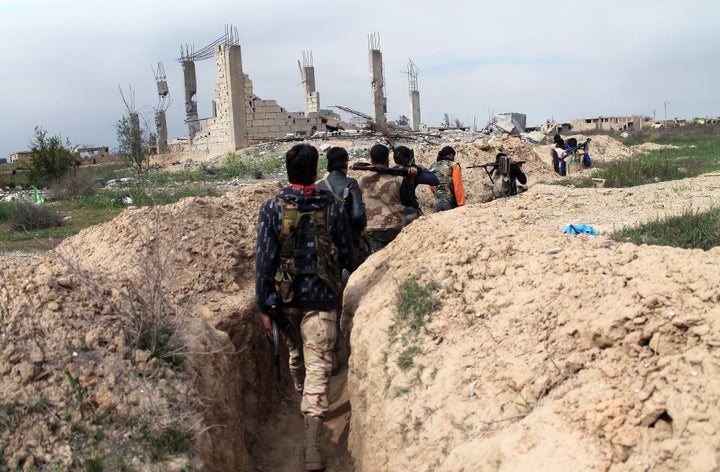
Documenting mass graves in areas like Deir Ezzor is an extremely dangerous endeavor, according to Mohammad, whose main focus with DEBSS is to locate mass graves in the area and inform families of the deceased if and when they can be identified.
While ISIS controls most of the province and Deir Ezzor city, the regional capital, government troops still control a large area on the city’s western edge, in addition to the military airport and its surroundings to the east.
If activists are caught by ISIS, according to Mohammad, they are either executed or crucified and left to die in public. He and his network of have plotted 36 mass graves across the four villages, but they believe there are more graves and bodies to be found.
"There are 3,000 people still missing. Families can’t go to ISIS and demand to know what happened to them. They are not even allowed to take the bodies we find and bury them with dignity, as that would go against the Sharia judge’s rule,” he said.
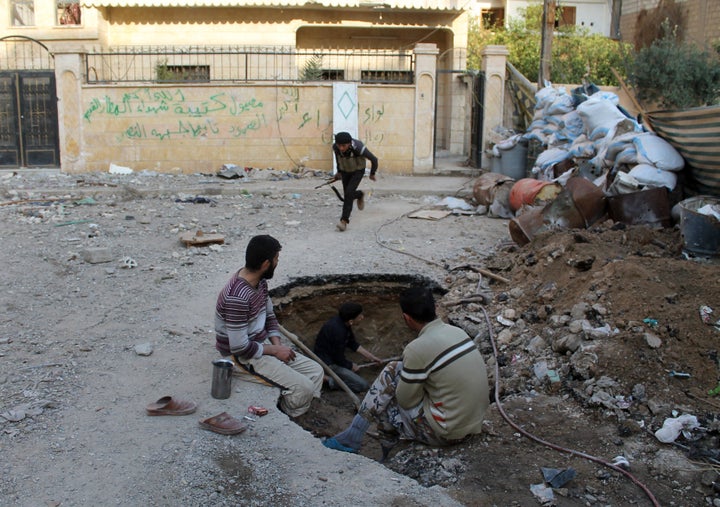
Abd Maqsoud, 17, from the village of Abu Hamam, believes many of his missing friends and relatives, all members of the Sheitat tribe, are in some of these pit-like graves.
"When members of the Shaitat tribe decided to stand up to ISIS, they (ISIS) used unspeakable force to suppress the dissent,” said Maqsoud. “When my family was expelled, they (ISIS) detained me and many other men in the village of Kashkia.”
Maqsoud said he underwent a series of interrogations and was tortured “I was beaten and hung from my arms for hours … I watched fellow inmates get beaten to death or crucified and left to die.”
Many of his friends died under torture, he said, while others were executed in the camp’s yard. All of their bodies were carried off to unknown locations.
Maqsoud was released 22 days later, when one of his relatives – who had joined the extremists when it took over his clan’s villages – helped get him out of prison.
“I headed back to the village to look for my family. When I found them I was informed that many of my relatives had been executed by the group and that their bodies hadn’t been delivered to the families. We found 20 bodies dumped in the ditch, covered with sand.”
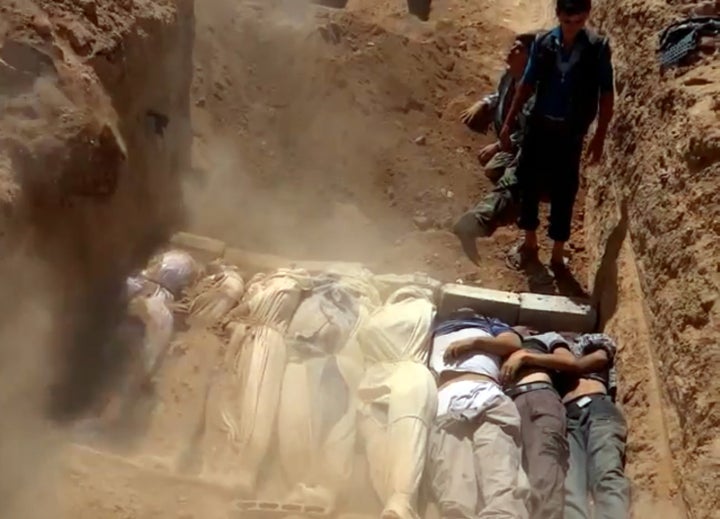
But according to the activist network, ISIS isn’t the only group responsible for the mass graves.
"We documented 13 mass graves left by the Assad forces located in the mountainous region of Deir Ezzor, where we found 400 bodies – between 15 and 75 bodies in each grave,” said Mohammad of DEBSS.
Among the bodies found were 250 children and 100 women, he said. The rest were bodies of elderly people and a few young men who reportedly attempted to flee the besieged city after government forces surrounded Deir Ezzor in 2012.
If and when the war in Syria comes to an end, Mohammad and his team expect to find “shocking” and “horrifying” images across Deir Ezzor – a region, they said, that has been tyrannized by both “states.”
This article originally appeared on Syria Deeply. For weekly updates about the war in Syria, you can sign up to the Syria Deeply email list.
